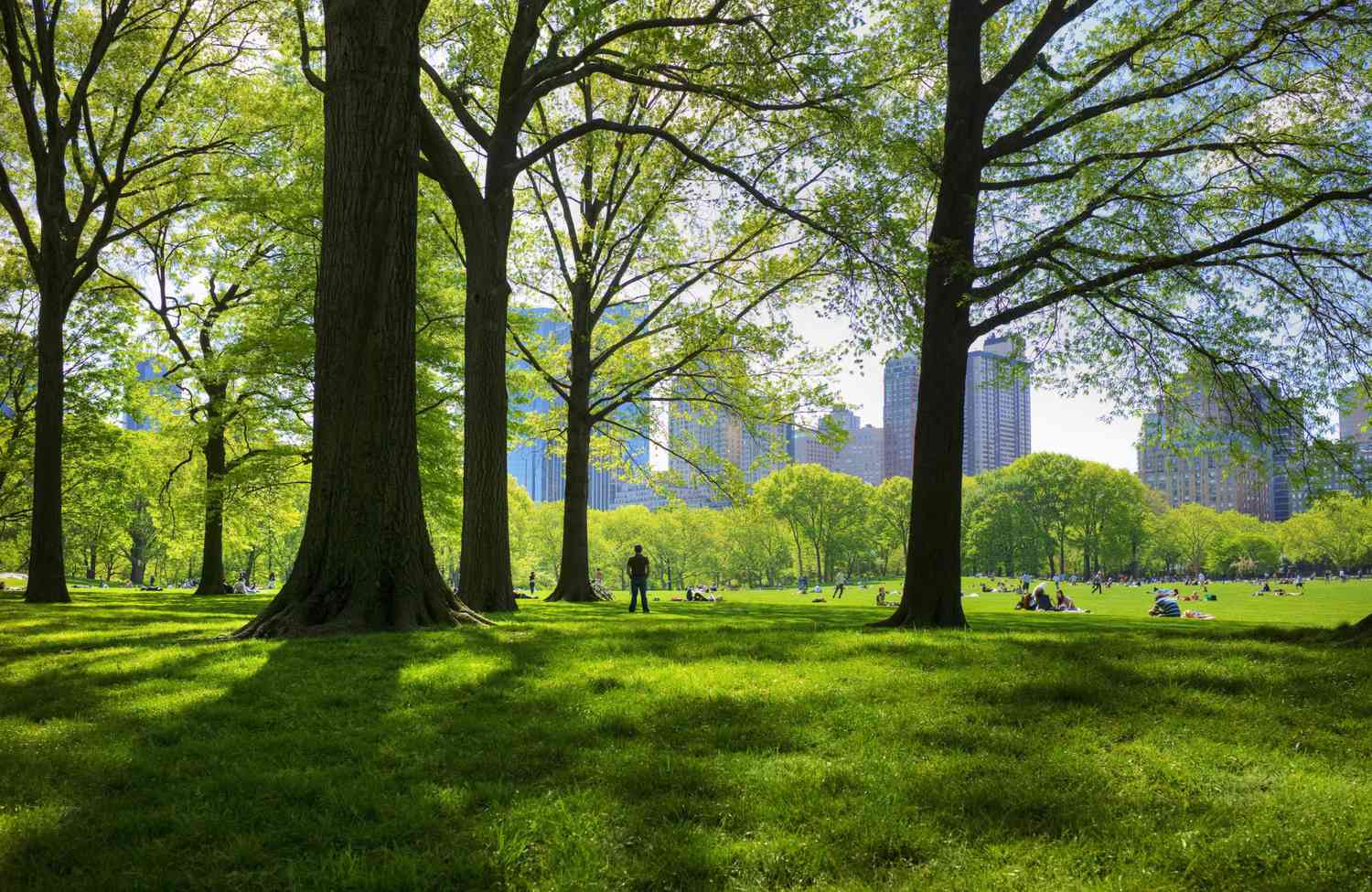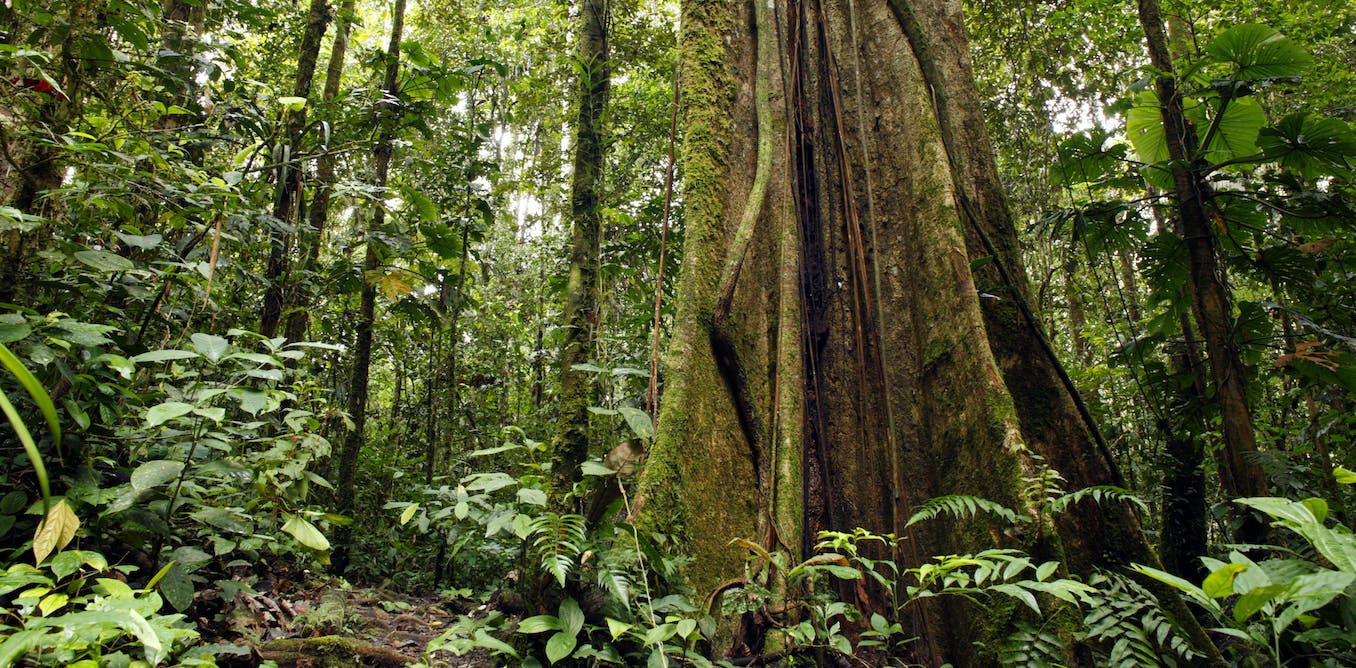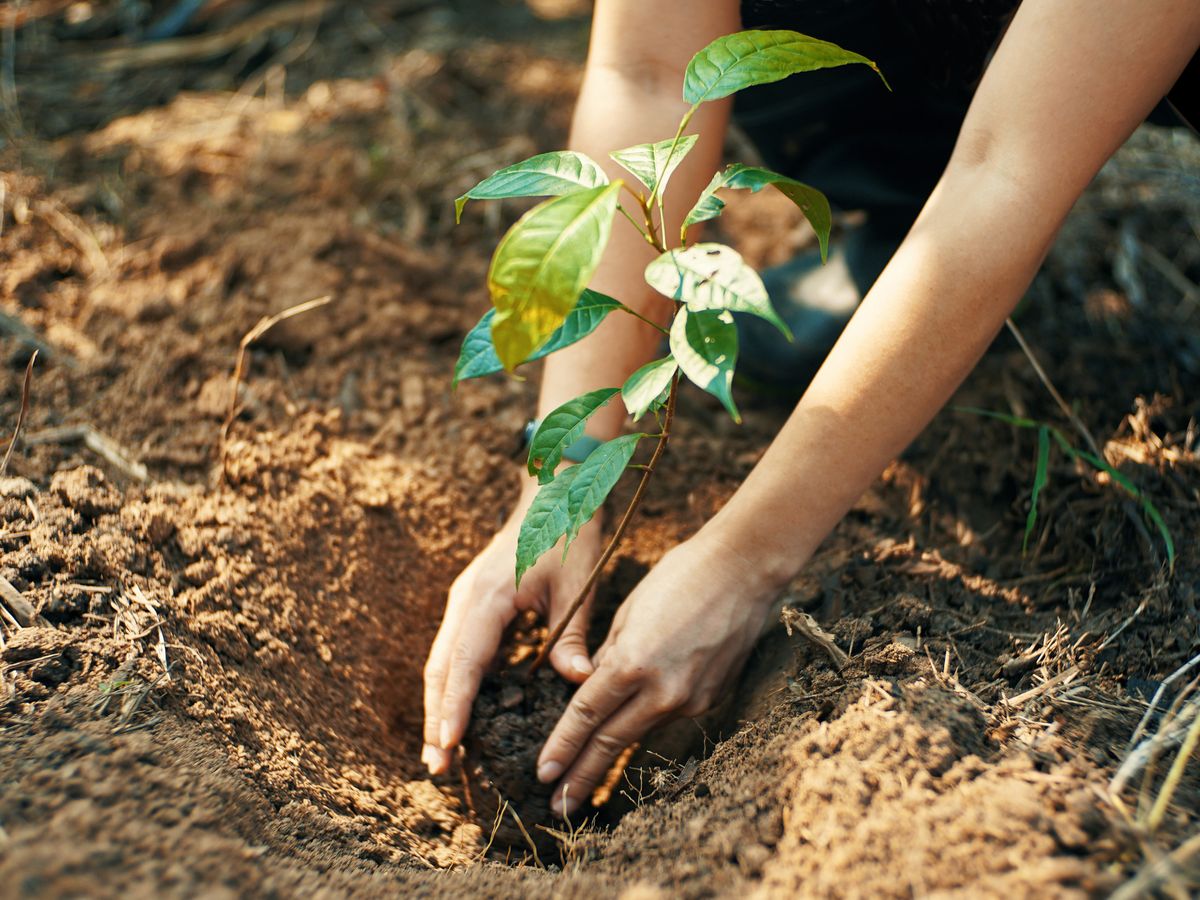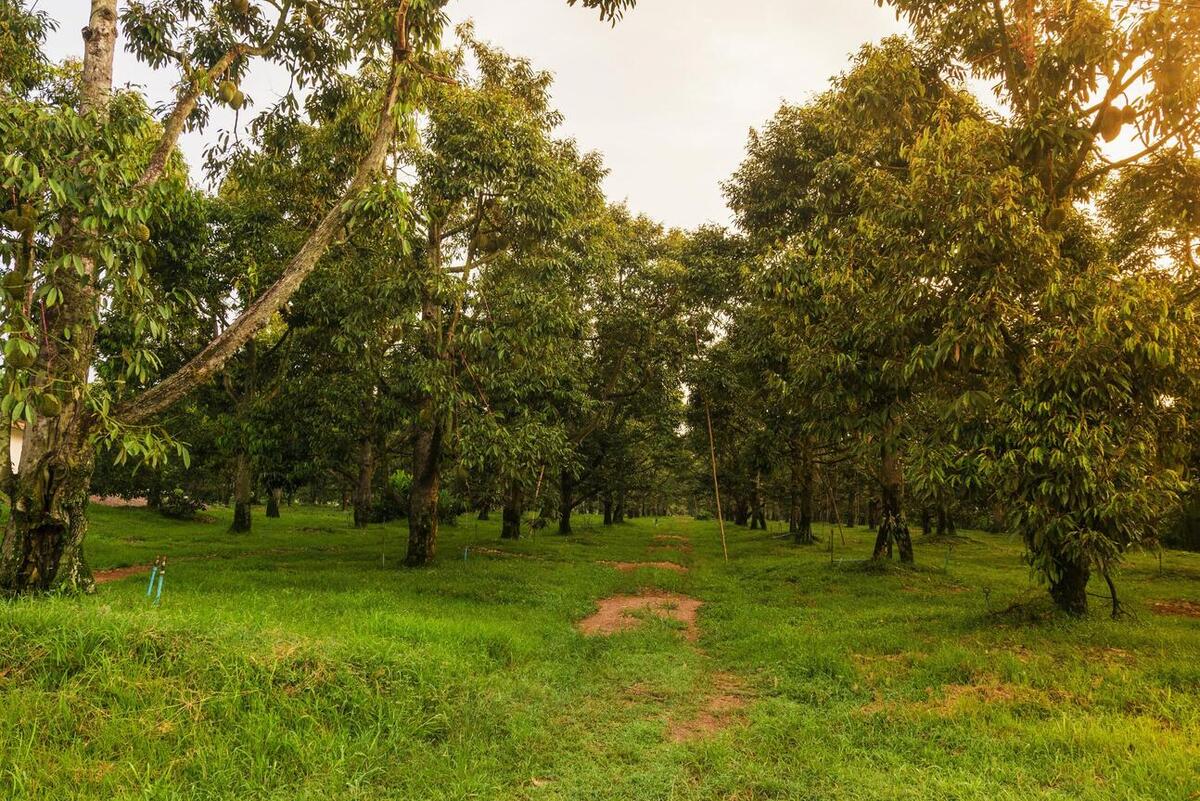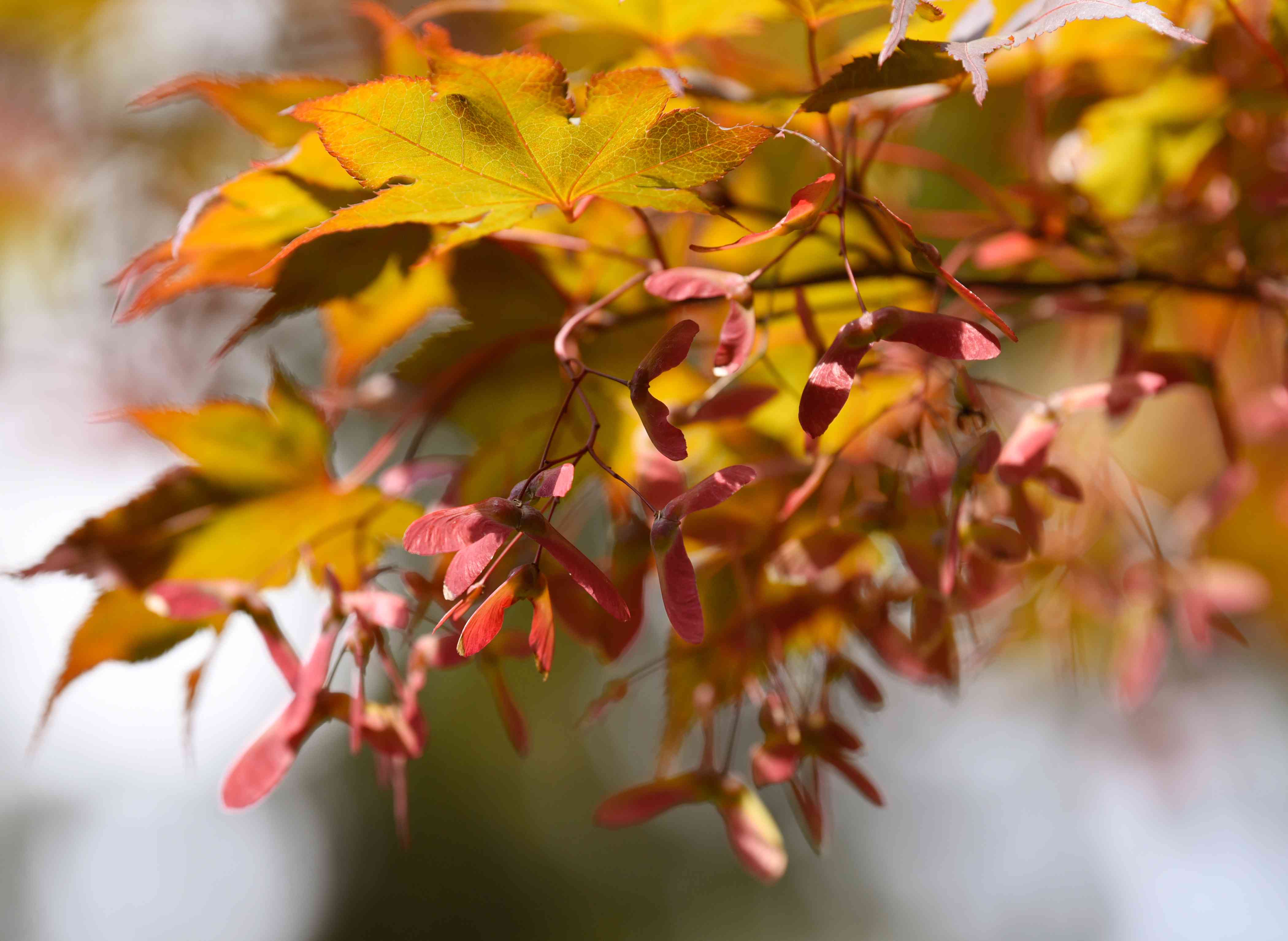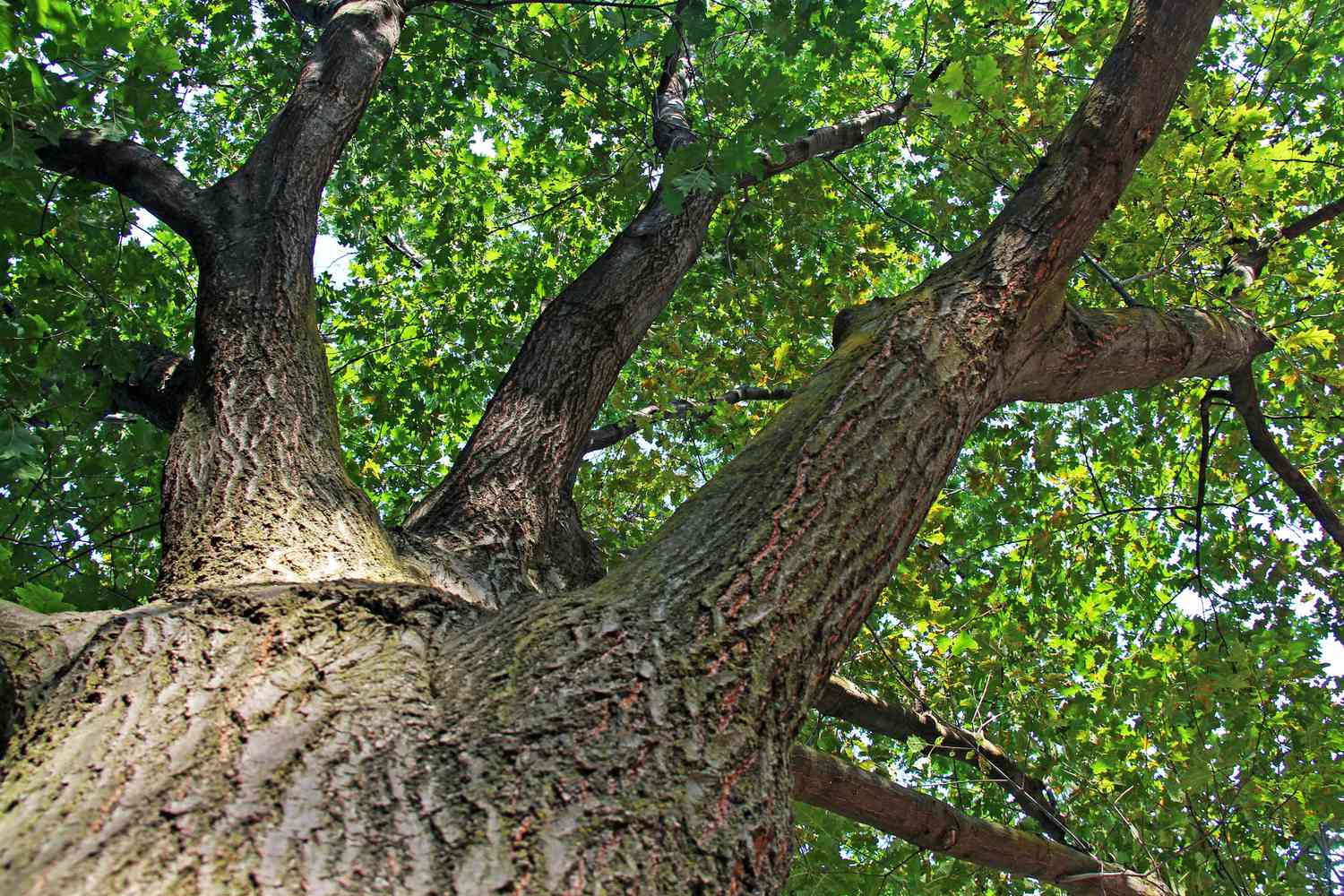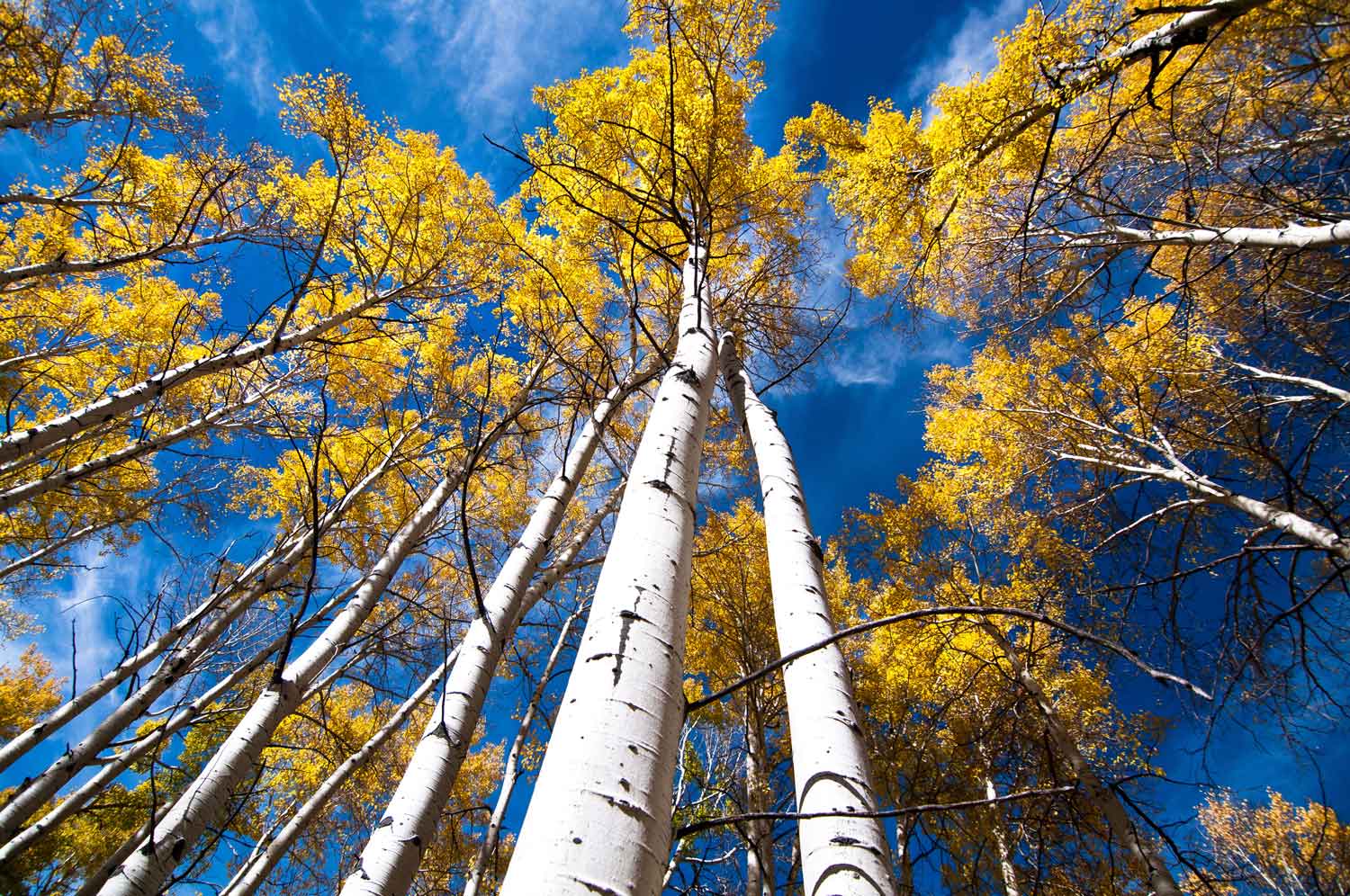Home>Gardening News and Trends>Latest News>How Many Kinds Of Trees Are There
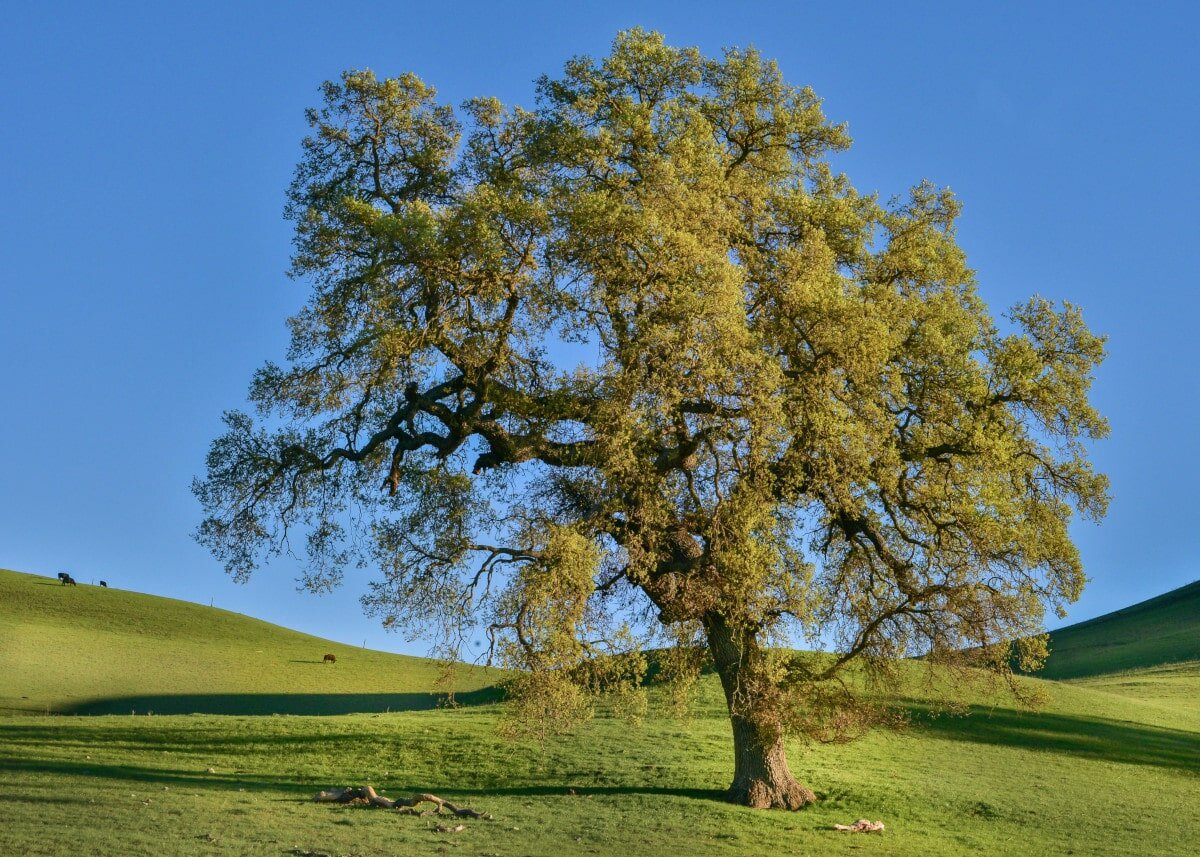

Latest News
How Many Kinds Of Trees Are There
Modified: January 22, 2024
Discover the latest news on how many kinds of trees are there and explore the diverse range of tree species in our world.
(Many of the links in this article redirect to a specific reviewed product. Your purchase of these products through affiliate links helps to generate commission for Chicagolandgardening.com, at no extra cost. Learn more)
Table of Contents
Introduction
When we think of the natural beauty of our planet, one of the first things that comes to mind is the sprawling forests and the magnificent trees that inhabit them. Trees are not only essential for the overall health of our environment, but they also hold a significant cultural and historical significance in various civilizations around the world.
But have you ever wondered how many different kinds of trees there are? From towering conifers to delicate fruit-bearing trees, the plant kingdom boasts an impressive array of tree species. In this article, we will explore the diverse world of trees and delve into the different categories and types that exist.
Each category of trees possesses unique characteristics, appearance, and uses. By understanding the distinctions between these types, we can gain a deeper appreciation for the incredibly diverse flora that surrounds us.
In the following sections, we will journey through the various kinds of trees, including deciduous trees, coniferous trees, palm trees, fruit trees, evergreen trees, leafless trees, bonsai trees, and ornamental trees. So, without further ado, let’s embark on this exploration of the magnificent world of trees.
Deciduous Trees
Deciduous trees are perhaps the most familiar type of tree to many people. They are known for their iconic transition of vibrant colors in the fall and shedding their leaves during the winter months. These trees have leaves that change color and drop off during the colder seasons, revealing their intricate branch structures.
Examples of deciduous trees include oak, maple, birch, and beech trees. These trees are found in various regions around the world and provide valuable ecosystem services such as providing shade, improving air quality, and creating habitats for diverse wildlife.
Deciduous trees are also of great economic importance. Some species, such as oak, are highly valued for their sturdy wood and are used in furniture manufacturing and construction industries. Additionally, many deciduous trees are known for producing delicious fruits, such as apples, pears, and cherries, which are enjoyed by people around the globe.
During the spring and summer months, deciduous trees are adorned with lush, green foliage, providing a vibrant and refreshing canopy. As the temperature begins to change in the fall, these trees undergo a remarkable transformation, with leaves turning into stunning shades of red, orange, and yellow. This natural spectacle attracts tourists and nature enthusiasts to witness the breathtaking beauty of deciduous forests.
Overall, deciduous trees are an integral part of our natural landscapes, creating stunning seasonal displays, providing valuable resources, and supporting a wide range of ecological functions. Next, let’s explore another fascinating category of trees – coniferous trees.
Coniferous Trees
Coniferous trees, also known as evergreen trees, are a diverse group with unique characteristics that set them apart from deciduous trees. These trees are easily recognized by their needle-like or scale-like leaves and the presence of cones.
One of the most distinctive features of coniferous trees is their ability to retain their foliage throughout the year. Unlike deciduous trees, conifers do not shed their leaves during the winter, hence the term “evergreen.” This allows them to maintain a lush and green appearance, providing beauty and visual interest in all seasons.
Examples of coniferous trees include pines, spruces, firs, and cedars. These trees are found in various regions across the globe, ranging from dense forests to mountain slopes. Coniferous forests are known for their unique fragrance and the soft carpet of fallen needles that covers the forest floor.
Coniferous trees have a variety of uses. The wood of these trees is highly valued for its durability and strength, making it a popular choice for construction, furniture, and paper production. Additionally, many conifer species, such as the pine tree, produce resin, which is used in the production of adhesives, varnishes, and even medicinal products.
Conifers also play a vital role in the environment. Their dense foliage provides habitat and shelter for numerous animal species, while their deep root systems help prevent erosion and stabilize soil. Furthermore, coniferous forests contribute to the carbon cycle by absorbing a significant amount of carbon dioxide from the atmosphere, making them valuable in mitigating climate change.
With their iconic appearance and ecological importance, coniferous trees are an integral part of our natural landscapes. They add year-round beauty to our surroundings and provide numerous benefits to both human and animal communities. Moving forward, let’s explore the fascinating world of palm trees.
Palm Trees
Palm trees evoke images of tropical paradise and instantly transport us to sunny beaches and exotic destinations. These iconic trees are commonly associated with warm climates and are known for their distinct appearance, characterized by long, slender trunks and large, fan-like leaves.
Palm trees belong to the family Arecaceae and come in various species, each with its unique features and uses. They are native to tropical and subtropical regions, such as the Caribbean, Southeast Asia, and parts of Africa. However, due to their aesthetic appeal, palm trees are widely cultivated and can be found in many different parts of the world.
One of the defining characteristics of palm trees is their versatility. These trees are not only valued for their ornamental beauty but also for their practical uses. For example, the leaves of certain palm species are used for thatching roofs or weaving baskets and furniture. The seeds of some palm trees, such as the coconut palm, provide valuable resources including oil, milk, and fiber.
Palm trees have significant cultural and symbolic importance in many societies. They are often associated with relaxation, vacations, and the tropics. In some cultures, palm leaves are used during celebrations and religious ceremonies, while the wood is utilized in the crafting of traditional instruments and artworks.
Furthermore, palm trees play a crucial role in sustaining ecosystems. They provide shelter, food, and nesting sites for a variety of wildlife, including birds, insects, and small mammals. Palm forests also help stabilize coastal areas by preventing erosion and acting as a barrier against high winds and storm surges.
Overall, palm trees are beloved for their distinct beauty, cultural significance, and ecological contributions. Whether swaying in the ocean breeze or adorning our gardens and landscapes, palm trees remind us of the allure and charm of tropical destinations. Next, let’s explore the world of fruit trees.
Fruit Trees
Fruit trees are a delightful addition to any garden or orchard, offering not only aesthetic beauty but also a bountiful harvest of delicious and nutritious fruits. These trees are specifically cultivated for their ability to produce various types of edible fruits that are enjoyed by people around the world.
There is a wide variety of fruit trees to choose from, each with its unique flavors, textures, and growth requirements. From apple and pear trees to citrus trees like orange and lemon, these trees provide a diverse range of fruits that are not only tasty but also packed with vitamins, minerals, and dietary fiber.
Fruit trees have been cultivated for thousands of years, with ancient civilizations recognizing the value and nutritional benefits they provide. Today, the cultivation of fruit trees is widespread, with dedicated orchards and fruit farms ensuring a consistent supply of fresh produce for consumption.
In addition to their delicious fruits, fruit trees also offer visual appeal. The blossoms of fruit trees, such as cherry blossoms or apple blossoms, create a stunning display of vibrant colors, filling the air with their sweet and delicate fragrance. These blossoms serve as a precursor to the fruits that will follow, adding an extra element of charm and anticipation.
Not only do fruit trees provide us with tasty treats and visual beauty, but they also contribute to biodiversity. The flowers of fruit trees attract various pollinators, such as bees and butterflies, which play a crucial role in the pollination process. This, in turn, supports the reproduction of other plants and sustains the delicate balance of ecosystems.
Whether planted in gardens, orchards, or even in containers on balconies, fruit trees bring joy and abundance to our lives. They are a testament to the wonders of nature and the rewards that come from cultivating and nurturing these magnificent trees. Next, let’s explore the world of evergreen trees.
Evergreen Trees
Evergreen trees are a symbol of resilience and vitality as they retain their foliage throughout the year, regardless of the seasons. These trees provide a constant splash of green in the landscape, adding a sense of permanence and beauty to their surroundings.
Evergreen trees come in a wide variety of species, shapes, and sizes, ranging from majestic pines and spruces to graceful cypresses and junipers. They can be found in diverse habitats around the world, from temperate forests to mountainous regions and even arid landscapes.
One of the significant advantages of evergreen trees is their ability to provide year-round shade and privacy. The dense foliage of these trees creates a canopy that shields us from the sun’s rays and offers a calming shelter in urban and natural environments alike.
In addition to their practical benefits, evergreen trees also hold cultural and symbolic significance. Many civilizations and religions consider evergreen trees as symbols of eternal life, renewal, and hope. During winter holidays, such as Christmas, evergreen trees are decorated and adorned with lights as a symbol of celebration and joy.
Evergreen trees are highly valued for their economic benefits as well. Their wood is often used in construction, furniture-making, and crafting. The aromatic scents produced by some evergreen species, like cedar and cypress, are used in the production of perfumes, essential oils, and incense.
Moreover, these trees provide essential habitats for a wide range of wildlife. The dense branches and needles of evergreen trees provide shelter and nesting sites for birds and small mammals, making them crucial for the survival of many species.
Whether adding a touch of serenity to a garden or covering vast landscapes with lush greenery, evergreen trees are an essential component of our natural world. Their endurance and beauty remind us of the resilience of nature and the importance of preserving and protecting our environment. Next, let’s explore the intriguing world of leafless trees.
Leafless Trees
While most trees are known for their lush foliage and vibrant colors, there is a unique category of trees that offer a distinctive beauty even without leaves. Leafless trees, also known as deciduous trees during their dormant period, showcase the intricate structure of their branches and trunks, creating a captivating and sculptural display.
Leafless trees can be found in various regions and climates, and their barren appearance provides a stark contrast to the surrounding landscape. Without the distraction of leaves, the intricate patterns of the branches are revealed, offering a sense of elegance and artistic allure.
One of the most iconic examples of leafless trees is the silhouette of a bare tree against a winter sky. This image has been immortalized in art and photography, evoking a sense of solitude, resilience, and the ever-changing cycles of nature.
Leafless trees also have practical uses and ecological benefits. They provide shelter and nesting sites for birds, especially during the winter months when foliage is scarce. Additionally, the fallen branches and twigs of leafless trees contribute to the nutrient cycle of the soil, enriching the earth and supporting the growth of other plant life.
During the transition from the dormant period to spring, leafless trees showcase another breathtaking phenomenon – the arrival of blossoms. These fragile flowers burst forth from the bare limbs, signaling the awakening of life and the start of a new cycle of growth and rejuvenation.
Leafless trees serve as a reminder of the power and resilience of nature. They teach us to find beauty even in the absence of what is traditionally considered visually appealing. These stoic trees embody strength, adaptability, and the ever-changing nature of our natural world.
As we appreciate the unique allure and significance of leafless trees, it’s essential to recognize their contribution to the overall ecosystem and their ability to inspire reflection and introspection. Next, let’s explore the world of bonsai trees, where miniature artistry meets horticulture.
Bonsai Trees
Bonsai trees are a fascinating and captivating form of horticultural art that originated in East Asia, particularly in Japan and China. These miniature trees, meticulously pruned and shaped to mimic the appearance of full-sized trees, embody the concept of “living art.”
Bonsai, which translates to “tray planting,” involves cultivating trees in small containers and carefully manipulating their growth to create a proportional and aesthetically pleasing form. This art form requires immense patience, skill, and attention to detail.
Bonsai trees can be created from a variety of tree species, including conifers, deciduous trees, and even tropical plants. The artistry lies in training the tree’s branches and roots through precise pruning, wiring, and repotting techniques. The goal is to create a tree that gives the impression of old age, with gnarled branches, a tapered trunk, and delicate foliage.
Bonsai trees are not simply ornamental pieces; they are revered symbols of harmony, balance, and nature. They are often displayed in homes, temples, and gardens, inviting a sense of tranquility and contemplation. Bonsai enthusiasts dedicate years, even decades, to perfecting their creations, ensuring the trees evoke a sense of timeless beauty.
Bonsai trees require careful maintenance and specific care techniques to thrive in their miniature form. Pruning, watering, and proper placement are vital to their health and longevity. Bonsai growers carefully monitor the tree’s growth, adjusting techniques to shape and refine the bonsai’s appearance as it matures.
While small in size, bonsai trees convey a sense of grandeur and connection to nature. They encapsulate the essence of a full-sized tree in a compact form, inviting us to appreciate the beauty and resilience found in the natural world. The art of bonsai serves as a reminder of the intricate balance between humans and nature and the possibility of creating art in even the most minuscule of spaces.
Next, let’s explore the world of ornamental trees, where beauty meets functionality in landscape design.
Ornamental Trees
Ornamental trees are valued for their stunning beauty and decorative appeal, serving as focal points in landscapes, gardens, and public spaces. These trees are specifically selected and cultivated for their ornamental features, including vibrant flowers, unique foliage, and striking architectural forms.
The range of ornamental trees is vast, offering an assortment of colors, shapes, and sizes to suit different preferences and design aesthetics. From flowering cherry blossoms and magnolias to the graceful weeping willow and the distinctive silhouette of the Japanese maple, ornamental trees can transform any outdoor space into a living work of art.
One of the primary purposes of ornamental trees is to enhance the visual appeal of the surroundings. Their blossoms, often vibrant and fragrant, add a burst of color and life to landscapes, attracting pollinators and creating a captivating atmosphere. Even in the absence of flowers, the unique foliage and remarkable bark of ornamental trees make them stand out and add depth to outdoor spaces.
In addition to their aesthetic value, ornamental trees also provide functional benefits. They can serve as natural privacy screens, blocking unsightly views and creating secluded areas within a garden. Some species, such as fruit-bearing ornamental trees, offer the added bonus of edible fruits, providing both beauty and sustenance.
Ornamental trees are also chosen for their ability to adapt to urban environments, with some species exhibiting tolerance to pollution and compacted soil. They bring a touch of nature to cities and urban landscapes, improving air quality, reducing noise pollution, and providing shade for pedestrians and wildlife.
Furthermore, ornamental trees hold a significant cultural and symbolic value in many societies. They are often associated with important events and celebrations, as well as representing heritage and cultural identity. The sight of blooming cherry blossoms, for example, is deeply ingrained in Japanese culture, symbolizing the ephemeral beauty of life.
Ornamental trees are a testament to the incredible diversity and artistry found in nature. They bring harmony, balance, and a sense of grace to the spaces they inhabit, inviting us to pause and appreciate the wonders of the natural world. As we celebrate their aesthetics and functionality, it’s essential to cherish and nurture these trees for future generations to enjoy.
Conclusion
From the towering deciduous trees that transform with the seasons to the evergreen giants that grace our landscapes with their perpetual greenery, the world of trees is a captivating tapestry of beauty, diversity, and importance. We have explored an array of tree categories, each with its unique characteristics, cultural significance, and ecological contributions.
Deciduous trees enchant us with their vibrant autumn colors and provide us with valuable resources such as timber and fruits. Coniferous trees stand tall and proud, offering year-round greenery, vital habitats, and ecological benefits. Palm trees transport us to tropical paradises with their graceful appearance and provide us with useful resources.
Fruit trees reward us with bountiful harvests of delicious and nutritious fruits while adding visual appeal to our gardens and orchards. Evergreen trees embody resilience and endurance, bringing a sense of permanence and natural beauty to our surroundings. Leafless trees reveal the intricate artistry of branches and remind us of the constant cycles of nature.
Bonsai trees showcase the delicate balance between human creativity and horticulture, representing living sculptures of timeless elegance. Ornamental trees dazzle us with their captivating blossoms, unique foliage, and architectural forms, adding beauty and functionality to our landscapes and urban spaces.
Each category of trees plays a vital role in our environment, providing shade, shelter, oxygen, and supporting countless ecosystem functions. They remind us of the intricate interdependence of all living creatures and the importance of preserving and protecting our natural world.
As we marvel at the sheer diversity and wonder of trees, let us not forget our responsibility as stewards of the environment. Let us appreciate and care for these magnificent beings, ensuring that future generations can continue to experience the awe-inspiring beauty and benefits that trees bring to our lives.
So, the next time you encounter a majestic oak tree with its sprawling branches or a delicate bonsai tree intricately shaped by human hands, take a moment to pause, reflect, and celebrate the extraordinary gift of trees in our world.
